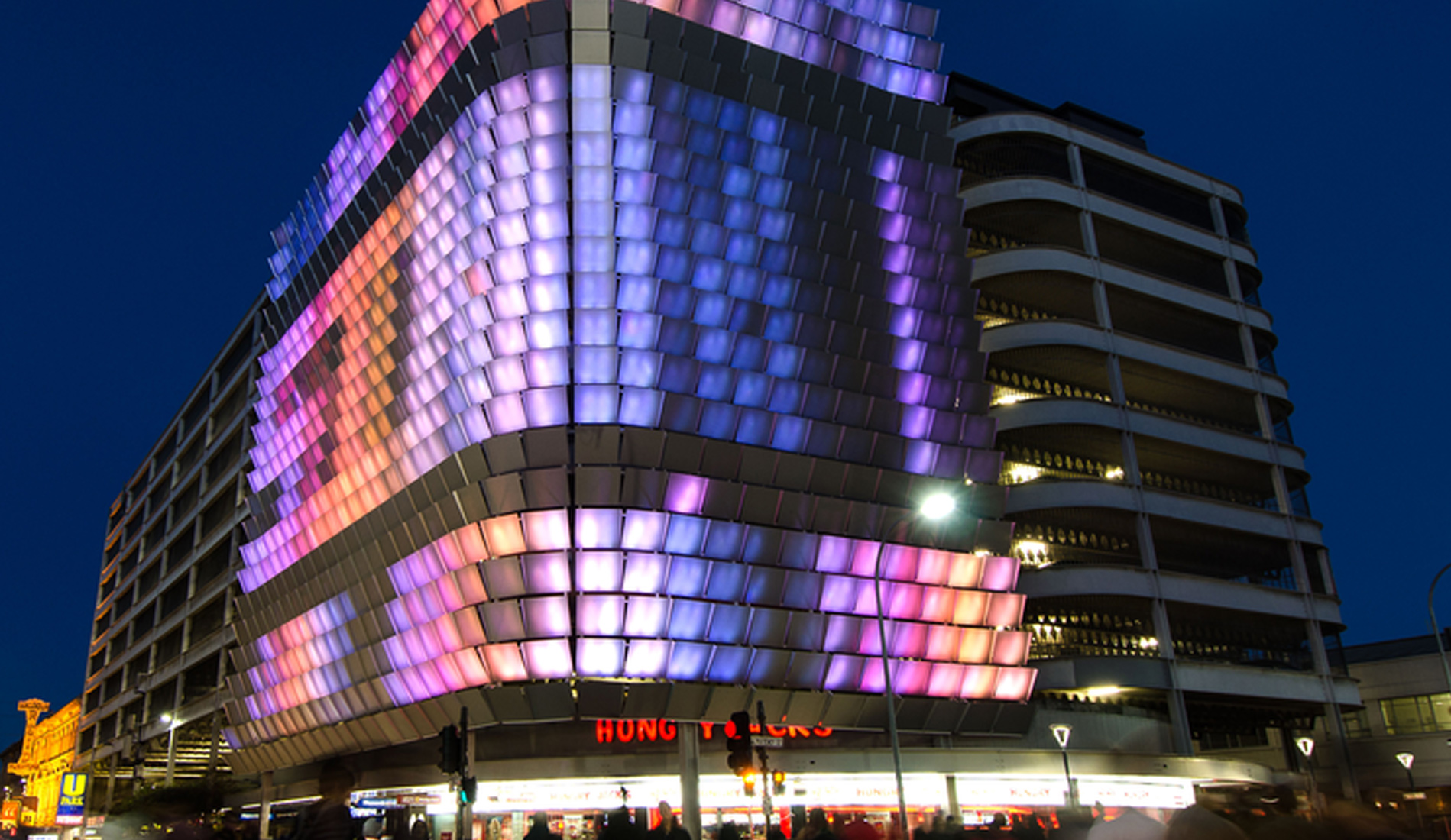Facebook: Marketers friend or foe?

Over 5 Million Australians are on Facebook. With 175 million active participants globally, its easy to see how its the 5th most trafficked website in the world and is the 3rd highest trafficked website in Australia. Obviously Facebook is currently very successful, but what is it, why are people using it, and how can you add Facebook activities to your branding toolkit?
What is it? Facebook is a social utility website that connects people. It allows you to keep up with your friends activities, share links, photos, videos and provides an array of applications for you to interact in mindless and meaningful ways.
Why are people using it? The key insight is that Facebook allows people to connect on two levels. Interest driven and friend driven. Interest driven people are looking to make connections with others based on their passions regardless of location. These people are the minority compared to the majority who are friend driven. Their 'interests' are derived from their friends. They use facebook to connect with people they already know, or have in the past, and they use the platform to reinforce and grow these relationships.
How can marketers use it? Facebook can be used in a variety of manners by marketers, ranging from a soft approach of completing insight research to see if there are any groups or commentary on the topic of your brand, through to the hard end of the scale, of persuading people to engage with inline adverts or applications that promote your brand. Between these two extremes there are a myriad of strategies that can be pursued. You can use Facebook to create alumni networks for existing and past employees, (a great way to allow people to express and learn about the real deal of working for an organisation), through to alerting people to events relevant to your brand.
Fusion recently used Facebook to invite people to attend the public launch of our Rundle Lantern urban design project. After creating the event and notifying a group of around 45 people, within 3 hours over 3000 people had been sent the invite, and around 600 people confirmed they would attend the event. Closer to the launch date, we created some more alerts, and attendees jumped by another 25%.
As part of a recent campaign for Flinders University, Fusion used Facebook as a platform for new students to connect with other students who were studying the same discipline. Flinders Universities' core values is that its all about the friendly welcoming environment for students. The strategy was to provide opportunity for new students to learn faces and perhaps start dialogue with people they would be starting with before they physically met an orientation week. The campaign was further extended using a colour system for each discipline, enhanced with colored wrist bands handed out at o-week that allowed students to start a conversation with someone who was identifying themselves as being enrolled in the same discipline.
Finally, Facebook has an Ad placement engine that provides quite granular targeting and placement of adverts based on a raft of demographic and location specific settings. We have conducted a few trial ad campaigns using this functionality, and have found that trying to track conversion goals is pretty immature compared to bar set by Google analytics. There is possibilities to combine the two tools, however this process is not as elegant as it could be.
Our view with using social media for marketing, is that its better to focus efforts on having something worth talking about, rather than trying to coerce a conversation by pushing messages down peoples throat, trying to be everyones friend or butting into conversations with irrelevant views. Platforms such as Facebook provide huge opportunity to listen to what people are saying and use these insight to improve your brands offer. If you get that right, people will start spreading the love for you.




